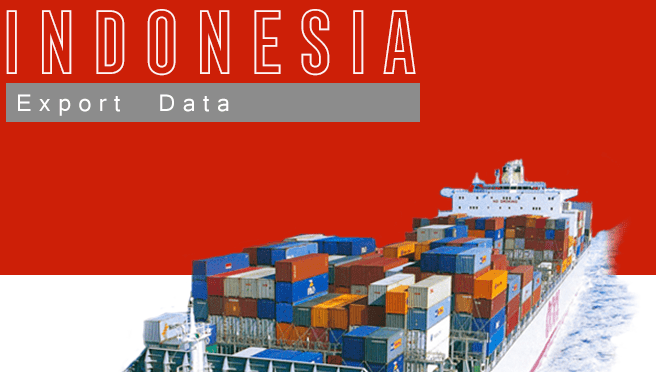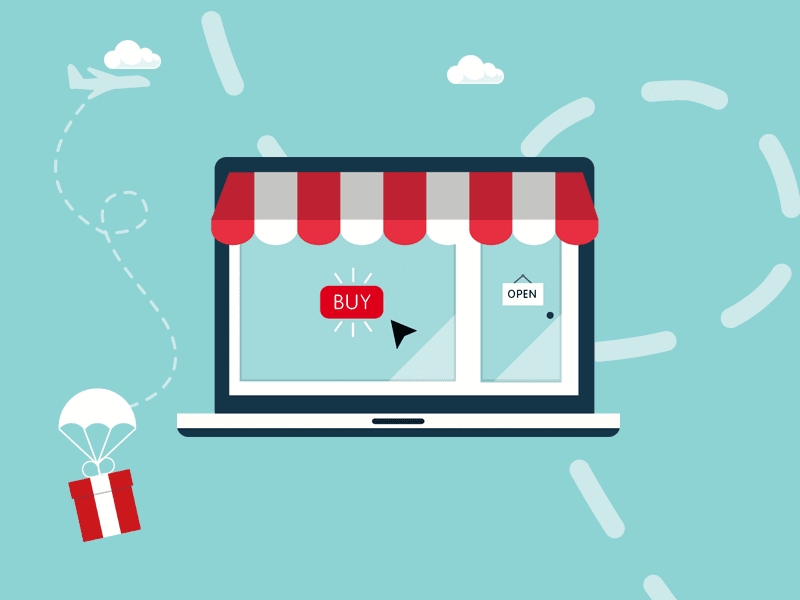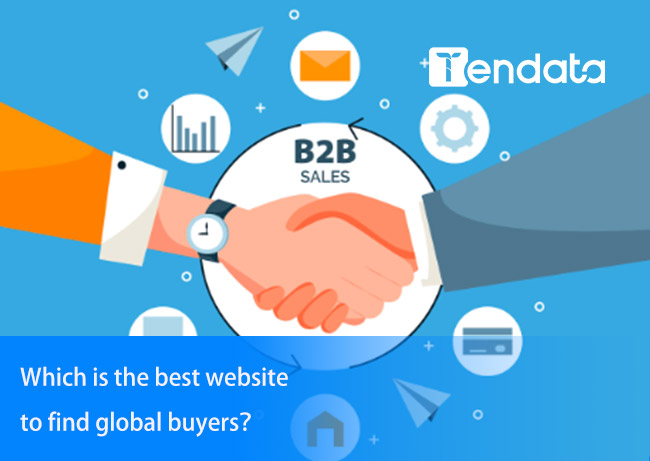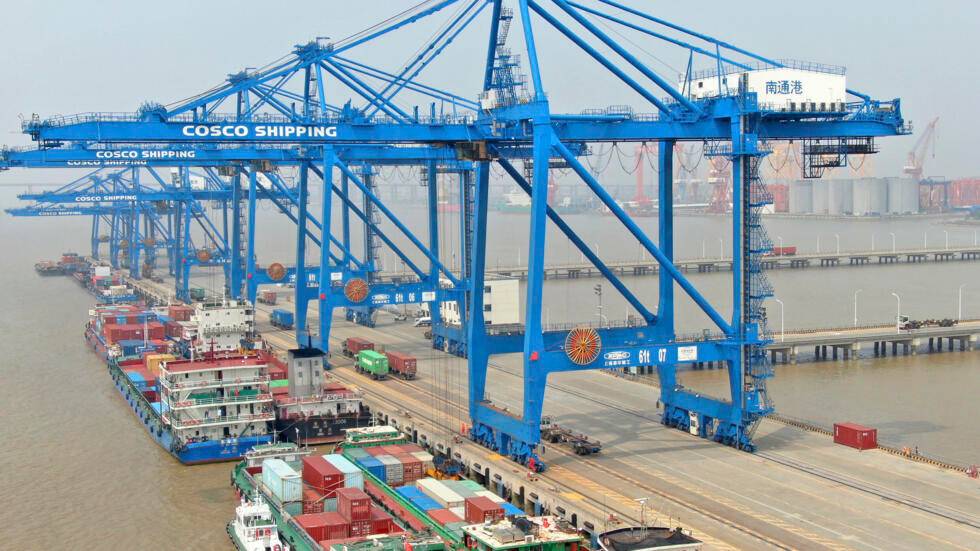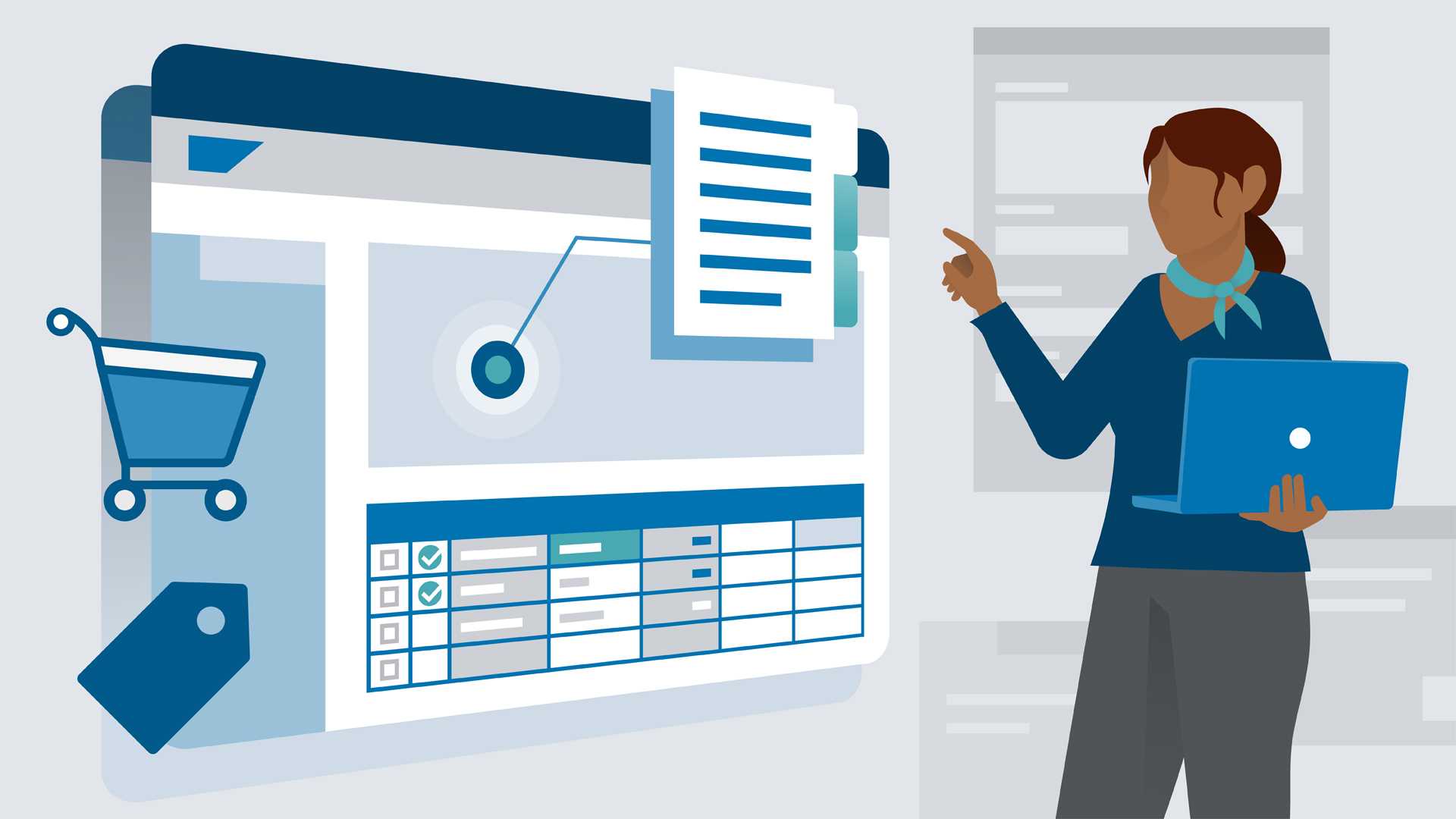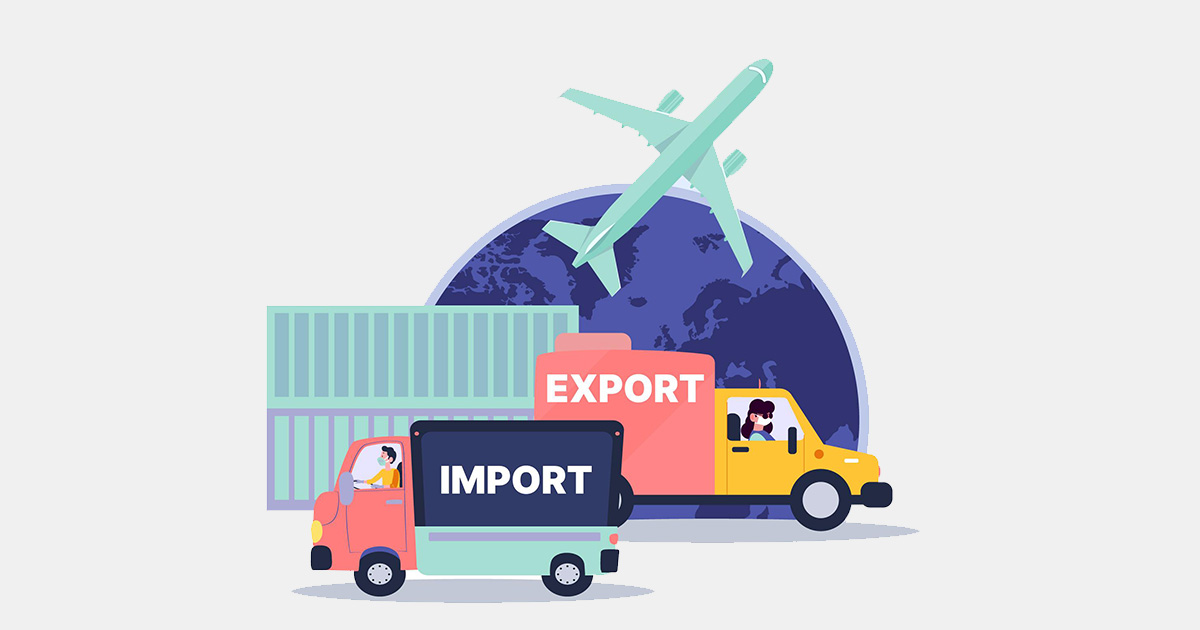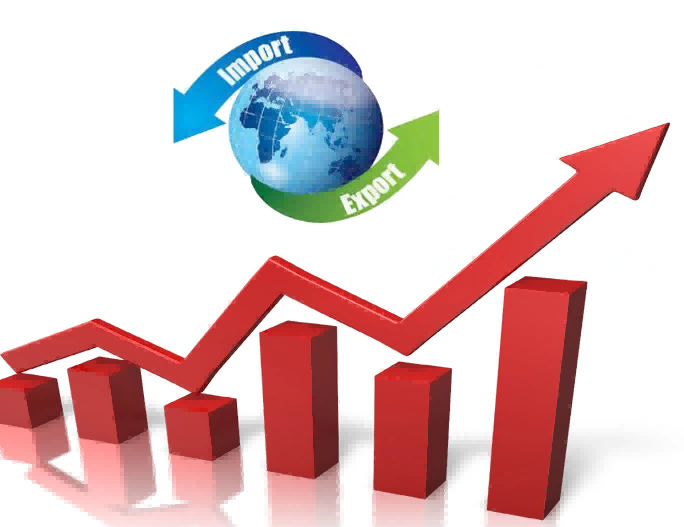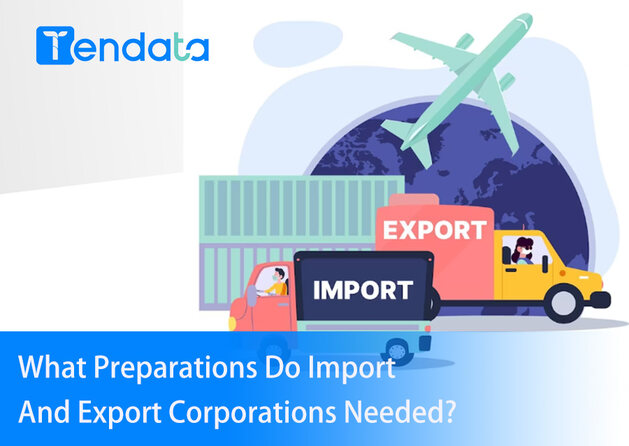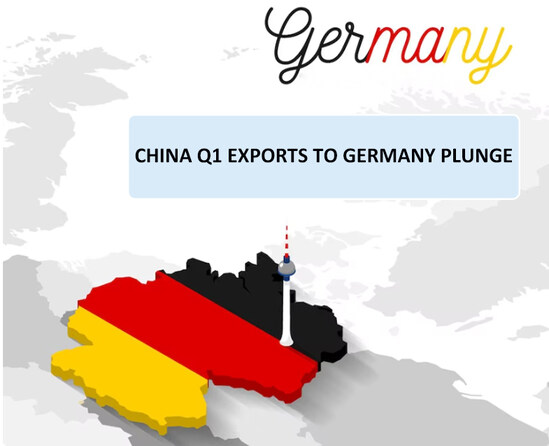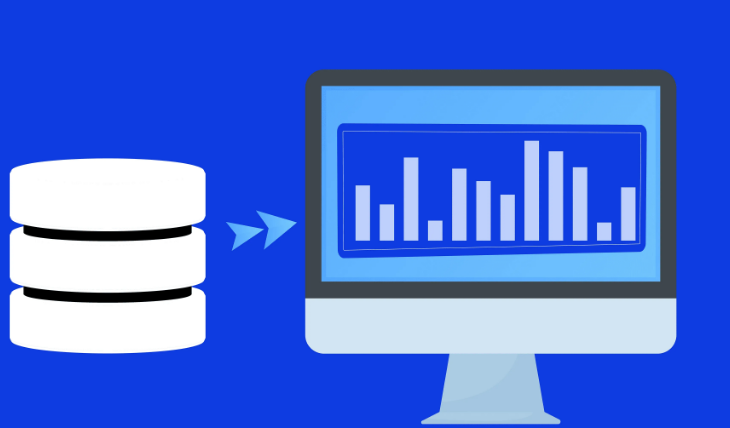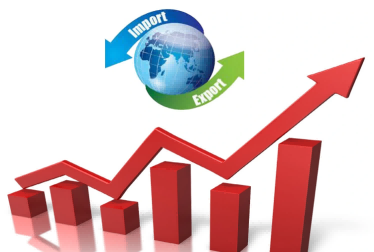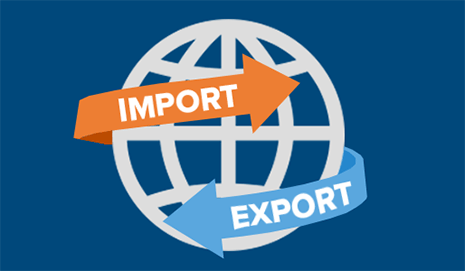 Trade Data Provider
Trade Data Provider
 2025-07-10
2025-07-10
Why Is Market Positioning Important?
High-quality foreign customers often need to be proactively developed and nurtured—they rarely come knocking on your door. Why? Because top-tier buyers usually have no shortage of suppliers; they already have a long list of vendors to choose from. That's why you'll seldom find them actively posting inquiries or looking for suppliers on B2B platforms. This is the first key point.
The second point is that "high-quality customer" is not a one-size-fits-all concept. Whether a customer is high quality depends on your company's own resources, scale, and development goals. The best customer is the one that fits your business. So the first thing we need to do is learn how to position our product and company, and then begin proactive lead generation.

What Is Product Market Positioning?
Market positioning is the strategic process of defining a product or brand's place in a target market—based on where competitors are currently positioned and your own unique strengths. The goal is to leave a strong or memorable impression in the customer's mind, which ultimately increases your chances of closing the deal.
Why Does Market Positioning Matter?
Many companies—especially small and medium-sized exporters—tend to ignore this step. But in fact, market positioning is critical. Done well, it helps you achieve twice the results with half the effort.
This is especially important in highly commoditized industries where product margins are thin and competition is fierce. In such cases, repositioning your product line and finding the right niche can be a game-changer.
What Does Market Positioning Involve?
·Product Positioning – Focuses on aspects like quality, cost, features, performance, reliability, usability, and design.
·Company Positioning – Refers to corporate image, brand perception, team expertise, and trustworthiness.
·Competitive Positioning – Identifies where your business stands in comparison to your competitors.
·Market and Customer Positioning – Defines your target market and the ideal customer group for your products.
How to Position Accurately?
The key to effective market positioning is to identify a competitive advantage that clearly distinguishes your product from others. These advantages typically fall into two categories:
·Price Advantage – Offering lower prices under the same conditions. This requires reducing unit costs wherever possible.
·Preference Advantage – Offering distinct features or value that meet specific customer preferences. This means investing in product differentiation.
The Full Process of Market Positioning Can Be Broken Into the Following Steps:
1. Start by Understanding Your Own Company
First, you need to clearly understand where your company stands in comparison to other domestic peers. For example:
·How competitive is your pricing?
·How is your product quality?
·What is the scale of your company?
·What are your comprehensive advantages?
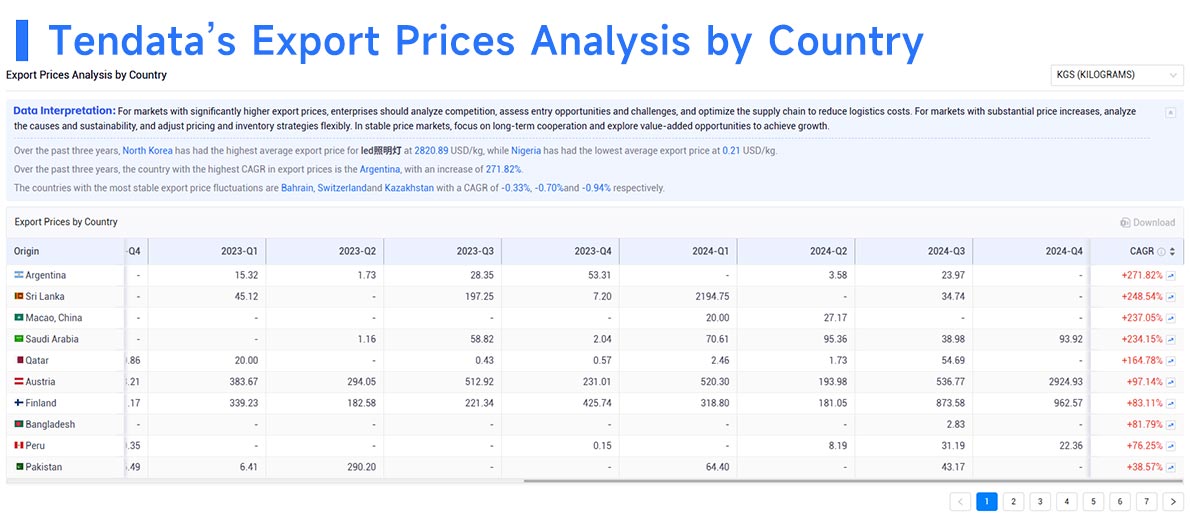
If your products are higher in price but better in quality, you can consider targeting developed countries like those in Europe and North America, or focus on the mid-to-high-end market segments in certain countries.
If your prices are low but quality is also poor, then markets that prioritize cost-effectiveness—such as the Middle East, India+, or Russia—might be more suitable.
If your products are low-priced but high-quality, offering great value for money, that's an ideal situation. Unless you're restricted by other factors, you'll likely have success selling in many global markets. On the other hand, if your prices are high and your quality is poor, your products will be very difficult to sell—though a skilled salesperson may still find a way. In such cases, proper market positioning and analysis become even more critical.
Additionally, understanding your company's future development plans is essential, especially if you're planning to grow with the company long term. For example, if your company is preparing to focus on a new market or promote a new product, you can proactively learn about the industry, monitor relevant customers, and be ready. Once the new product is launched, you can start introducing it like a movie trailer—sending teasers to potential clients. When the sample is available, you can quote or ship samples immediately. This significantly increases your conversion rate and keeps you one step ahead.
You also need to understand your current production capacity. If the company has large capacity or future expansion plans backed by funding and land, you can go all out. If capacity is already maxed out with no room to expand and no growth plans in sight, you might want to focus on acquiring small to mid-size customers. However, this situation is increasingly rare today—most manufacturers still have excess capacity, especially in traditional low-value-added industries.
2. Analyze the Current Market Situation and Identify Potential Competitive Advantages
This step is all about answering these three key questions:
·What is the current product positioning of competitors?
·To what extent are customer needs being met in the target market, and what needs are still unmet?
·Based on the competitor positioning and unmet needs, what can your company provide?
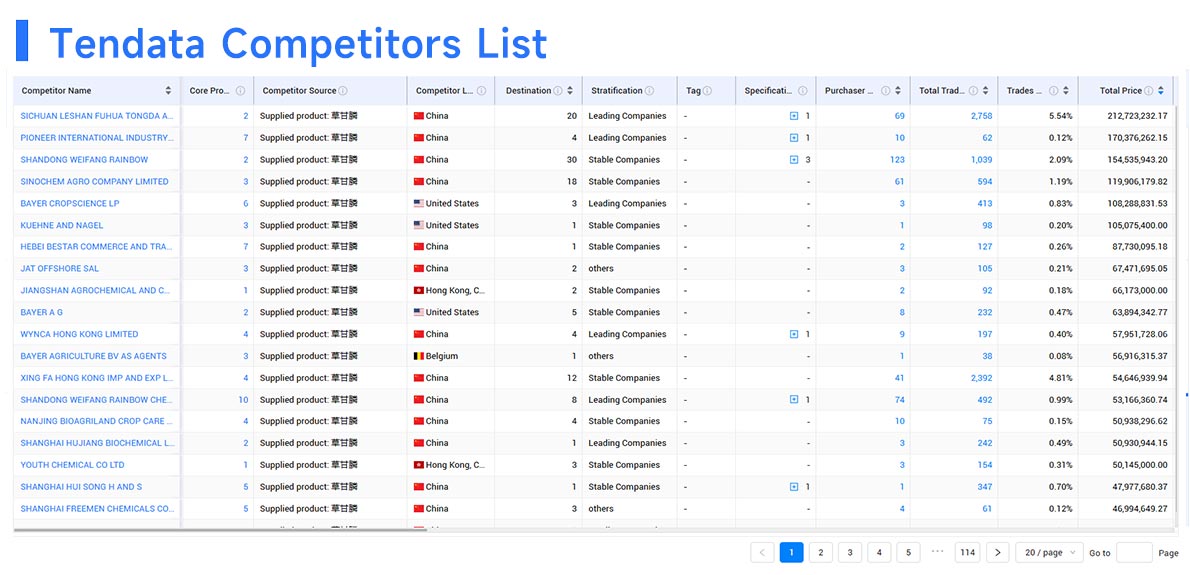
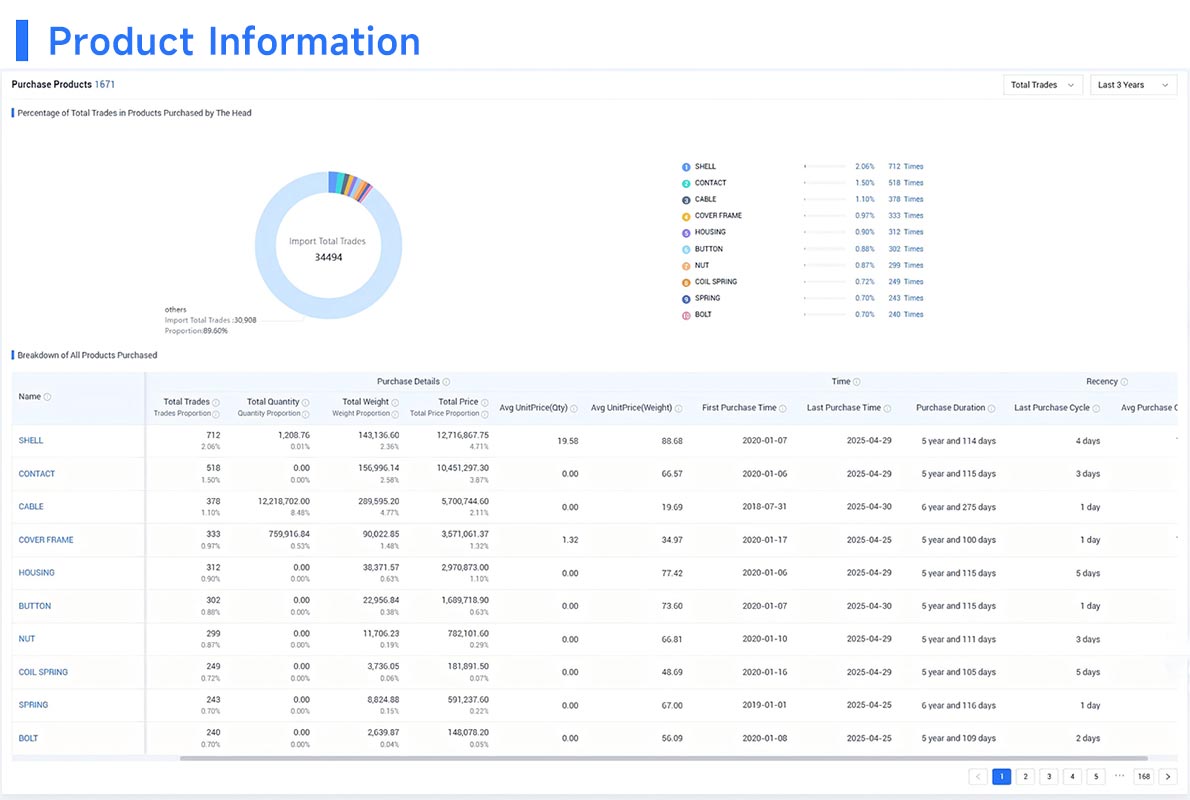
To answer these questions, your marketing team needs to conduct in-depth research, design a data collection plan, and systematically analyze and report their findings.
You also need to consider market-specific requirements, such as certifications and cultural preferences. For instance, in the U.S., sanitary ware products must have UPC certification, and since 2014, any products involving drinking water must comply with NSF 61 lead-free standards. Similarly, some products entering Russia+ must pass GOST mandatory certification, or they won't be allowed in. These are real market access barriers. If you want to enter those markets, you must clear the entry requirements first—otherwise, your efforts will be wasted.
3. Select Competitive Advantages and Make a Preliminary Market Positioning
A competitive advantage reflects your company's ability to outperform rivals. This can be a current capability or a potential one. Choosing your competitive advantage is essentially a process of comparing your company with your competitors across multiple dimensions. The evaluation should be based on a complete and systematic framework to ensure accurate positioning.
·Common evaluation areas include:
·Management and operations
·R&D and technology
·Procurement and supply chain
·Delivery accuracy
·Marketing and sales capability
·Product features and quality
·Risk management and strategy
Through this analysis, you can identify your company's strengths and weaknesses and determine your most suitable advantages to guide your initial market positioning.
For example, I've spoken with procurement managers from major U.S. corporations. When asked about their priorities, they said they conduct full factory audits and pay attention to supplier stability through risk strategy assessments. Of course, they also care about quality, delivery accuracy, and pricing. While price is important, it's not the only factor—they look at the full picture.
One overlooked factor is strategic risk. If all of a customer's current suppliers are located in one region, they may proactively seek suppliers from different regions or countries to diversify risk. This was especially true in recent years when regions faced electricity restrictions or strict environmental audits. If you can match or even come close to the level of existing suppliers, your geographic diversification can become a significant advantage.
Category
Leave Message for Demo Request or Questions


 T-info
T-info T-discovery
T-discovery

 My
Tendata
My
Tendata Market Analysis
Market Analysis Customer
Development
Customer
Development Competitor
Monitoring
Competitor
Monitoring Customer Relationship
Customer Relationship







